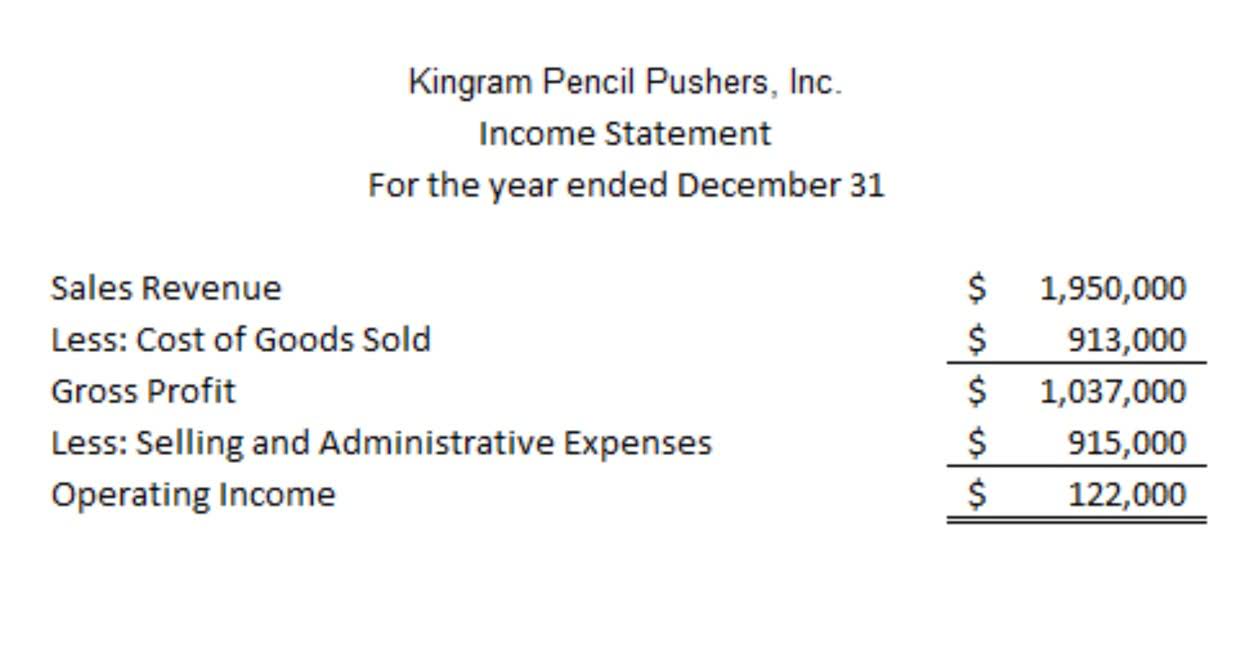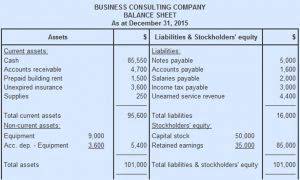What is a Liability Account? Definition, Types, and Examples

Your friend is probably not keeping track of the favors they owe you, at least not on paper, but you’ll remember that they have a liability to return your favor. Using accounting software can help ensure that each journal entry you post keeps the formula in balance. If you use a bookkeeper or an accountant, they will also keep an eye on this process. A contingency is an existing condition or situation that’s uncertain as to whether it’ll happen or not. An example is the possibility of paying damages as a result of an unfavorable court case.
Examples of expenses vs. liabilities

The amount of short-term debt as compared to long-term debt is important when analyzing a company’s financial health. For example, let’s say that two companies in the same industry might have the same amount of total debt. Conversely, companies might use accounts payables as a way to boost their cash. Companies might try to lengthen the terms or the time required to pay off the payables to their suppliers as a way to boost their cash flow in the short term. Expenses are the costs required to conduct business operations and produce revenue for the company.
- A liability is something that a person or company owes, usually a sum of money.
- Liabilities in accounting are any debts your company owes to someone else, including small business loans, unpaid bills, and mortgage payments.
- Accounts payable are amounts owed to suppliers for goods or services received but not yet paid for.
- Your friend is probably not keeping track of the favors they owe you, at least not on paper, but you’ll remember that they have a liability to return your favor.
- A customer uses the credit card to purchase an item that they do not have the cash for at that moment but will pay off in full later on.
IRS encourages people to do an end-of-summer tax checkup to avoid tax surprises next year

Liability may also refer to the legal liability of a business or individual. Many businesses take out liability insurance in case a customer or employee sues them for negligence. The outstanding money that the restaurant owes to its wine supplier is considered a liability. Assets https://www.bookstime.com/articles/stale-dated-checks are broken out into current assets (those likely to be converted into cash within one year) and non-current assets (those that will provide economic benefits for one year or more). Simply put, a business should have enough assets (items of financial value) to pay off its debt.

Assets, liabilities, and equity
However, if one company’s debt is mostly short-term debt, it might run into cash flow issues if not enough revenue is generated to meet its obligations. Liabilities are recorded on a company’s balance sheet along with assets and equity. These liabilities are noncurrent, but the category is often defined as “long-term” in the balance sheet. Companies will use long-term debt for reasons like not wanting to eliminate cash reserves, so instead, they finance and put those funds to use in other lucrative ways, like high-return investments. In financial accounting, a liability is a quantity of value that a financial entity owes.
- These can play a critical role in the long-term financing of your business and your long-term solvency.
- You can purchase them by the job, month, or even year at prices as low as $17/mo.[6] If you’re an event organizer, a photographer, or a general contractor, this could be the right provider for you.
- When presenting liabilities on the balance sheet, they must be classified as either current liabilities or long-term liabilities.
- These expenses include items such as wages, rent, utilities, and other expenditures necessary to keep the business running smoothly.
- Any liability that’s not near-term falls under non-current liabilities that are expected to be paid in 12 months or more.
- If a portion of a long-term debt is payable within the next year, that portion is classified as a current liability.
- You can choose from low-, mid-, or high-tier packages, and all of them include general liability.

The answer to the second question—regarding the amount to be paid—clearly impacts assessments of solvency and earning power. Answering the first question requires that the accountant determine the likelihood that the payment will be made. In the General Motors automobile warranty case, the liability occurs at the time whats a liability account of sale because at that time the firm obligates itself to make certain repairs. The signing of a labor contract between a firm and an individual does not cause the firm to recognize a liability. Rather, the liability is recognized when the employees perform services for which they have not yet been compensated.
UN Calls For Businesses To Be Liable For Climate Denial And ‘Misinformation’
As liabilities increase, they may affect a company’s financial health and stability. High levels of debt can lead to increased interest expenses, impacting profitability and potentially leading to insolvency. It is essential for businesses to effectively manage their liabilities and maintain a healthy balance between debt and equity. Operating expenses are the costs incurred during the normal course of business operations.

Based on their durations, liabilities are broadly classified into short-term and long-term liabilities. Short-term liabilities, also known as current liabilities, are obligations that are typically due within a year. On the other hand, long-term liabilities, or non-current liabilities, extend beyond a year. Besides these two primary categories, contingent liabilities and other specific cases may also exist, further adding complexity to accounting practices. Liability accounts are classified within the liabilities section of the balance sheet as either current liabilities or long-term liabilities. Current liabilities are scheduled to be payable within one year, while long-term liabilities are to be paid in more than one year.
